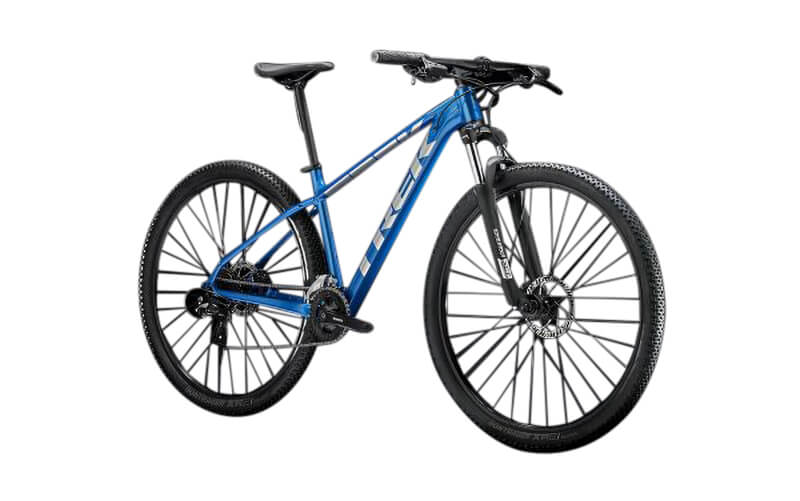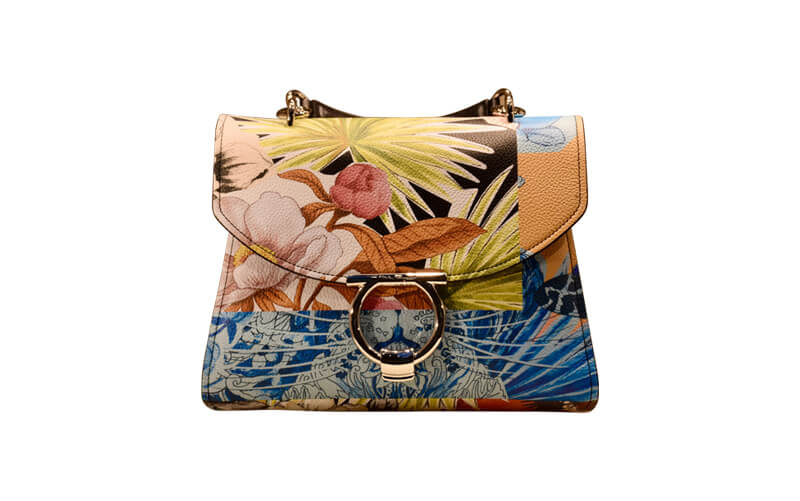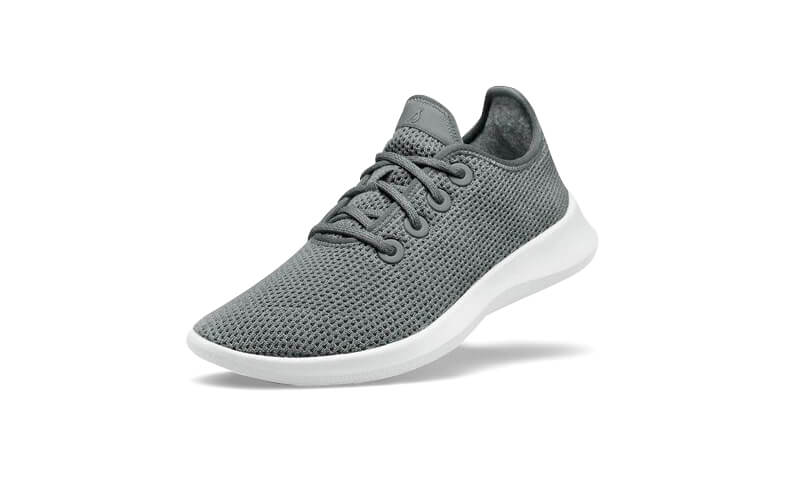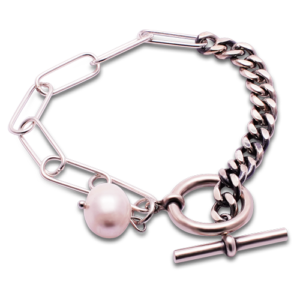Successful product photography is crucial for advancing and selling products. High-quality pictures can be the distinction between a deal and a botched open door. Fortunately with the great progressions in cell phone camera innovation, catching proficient-looking item photographs has become available to everybody. In this article, we will give a top-to-bottom guide on the most proficient method to catch outstanding product photography using smartphone.
Assemble the Essential Equipment
Before you embark on your product photography journey, ensure you have the following equipment at your disposal:
- Smartphone: The camera quality of your smartphone matters, so choose a device with a decent camera. Most modern smartphones offer excellent camera capabilities.
- Tripod: A stable base is crucial for achieving sharp and steady images. Invest in a smartphone tripod or a stand to maintain the stability of your device.
- Lighting: Adequate lighting is essential to create appealing product photos. Natural light is the best option, but you can also use an artificial light setup.
- Background: Opt for a clean and uncluttered background that complements your product. Options include a solid-colored backdrop, a piece of fabric, or a textured tabletop.
- Editing Software: After capturing your photos, you may need to make adjustments. Popular photo editing apps like Adobe Lightroom, Snapseed, or VSCO can help enhance your images.
Prepare Your Shooting Environment
Setting up the right shooting environment is critical for successful product photography. Follow these steps to create the ideal setup:
- Choose the Right Location: Locate a spot with abundant natural light. Position your setup near a large window or consider shooting outdoors on an overcast day. Alternatively, use a lightbox for controlled lighting.
- Set Up Your Background: Place your product on the selected background, ensuring it is clean and free of wrinkles.
- Stabilize Your Smartphone: Secure your smartphone on a tripod or stand to prevent shaky shots and maintain level composition.
Adjust Camera Settings
To achieve best results, you will need to fine-tune your smartphone’s camera settings:
- Focus: Tap on the area of your smartphone screen the product you want to highlight to ensure it is in sharp focus.
- Exposure: Manually adjust the exposure or use exposure compensation to control brightness.
- White Balance: Select the appropriate white balance setting based on your lighting conditions. For natural light, “Daylight” or “Auto” is often suitable.
- Gridlines: Enable gridlines in your camera app to aid in composing your shots.
Composition and Framing
Effective composition is a crucial aspect of product photography. These tips can help you achieve a compelling composition:
- Rule of Thirds: Position your subject slightly off-center, adhering to the rule of thirds to create a visually engaging composition.
- Angles: Experiment with various angles to capture your product’s best features. Top-down shots work well for flat items like books or jewelry, while a 45-degree angle can add depth to 3D objects.
- Negative Space: Employ negative space to draw attention to your product and create a clean and uncluttered appearance.
Shooting Techniques
Now, let’s explore essential shooting techniques to make your product photos stand out:
- Depth of Field: Utilize your smartphone’s Portrait mode or adjust the aperture settings (if available) to achieve a pleasing background blur (bokeh) that enhances the prominence of your subject.
- Use Props: Incorporate complementary props or items related to your product to provide context and tell a visual story.
- Macro Mode: If your smartphone supports it, use the macro mode for capturing close-up shots of small details.
Post-Processing
After capturing your product photos, you can enhance them further through post-processing. Popular editing apps offer a range of tools for fine-tuning brightness, contrast, color, and sharpness. Make subtle adjustments to maintain a natural and appealing look for your photos.
Conclusion
Review your images and make any necessary refinements to ensure they accurately represent your product’s features, quality, and uniqueness. With the right equipment, a well-organized setup, and attention to detail, you can consistently produce captivating Product Photography Using Smartphone. Practice and experimentation will lead to better results, ultimately helping boost sales and leaving a lasting impact on your audience.


























